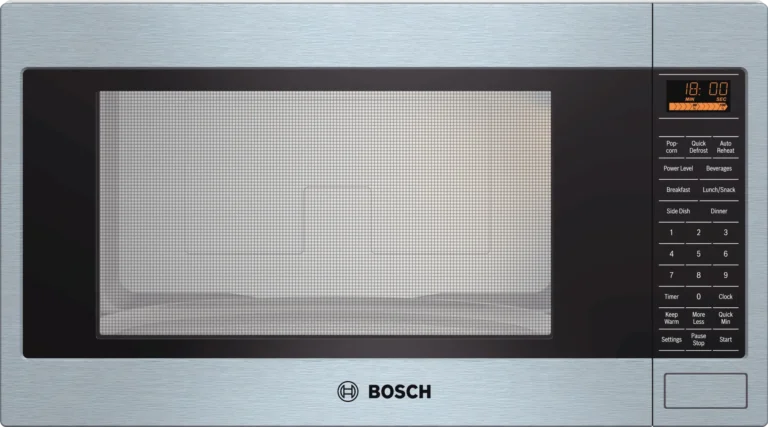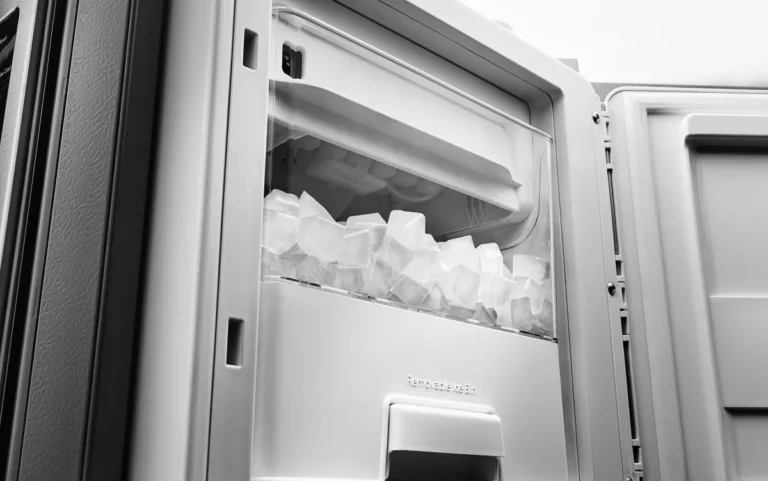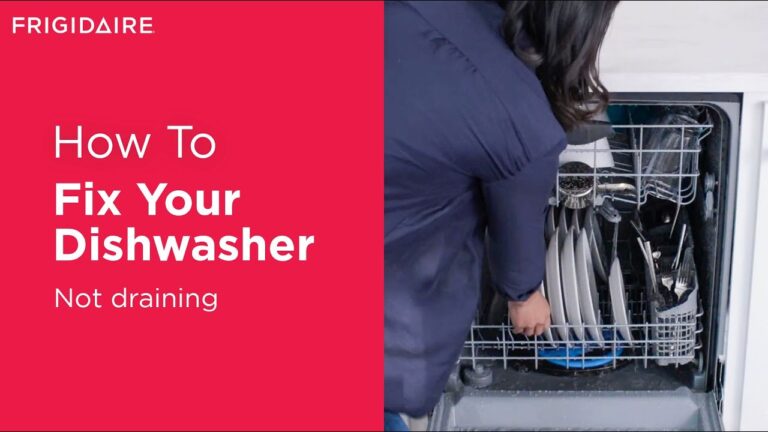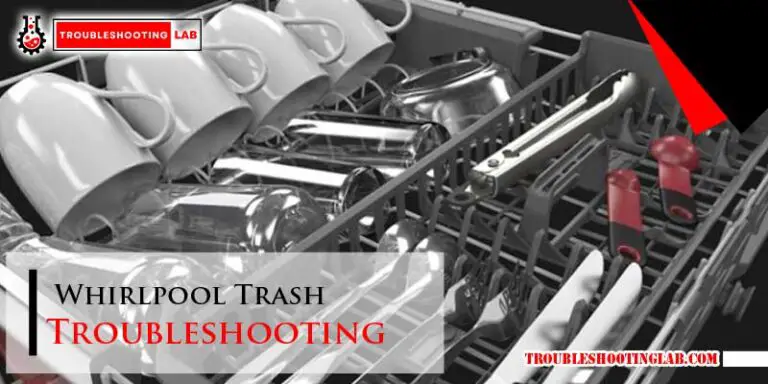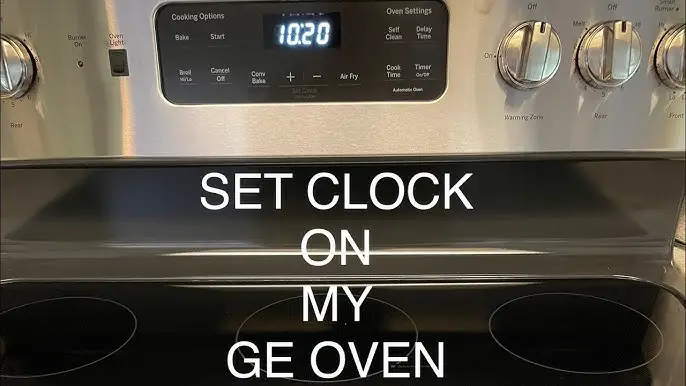Ge Dishwasher Adora Troubleshooting: Quick Fixes Guide
Is your GE Adora dishwasher acting up? Don’t worry—you’re not alone.
When your trusted kitchen helper stops doing its job, it can throw your whole routine off balance. But here’s the good news: many common issues with GE Adora dishwashers can be fixed quickly and easily, often without needing a repair technician.
In this guide, we’ll walk you through simple troubleshooting steps that you can try right at home. Whether it’s not cleaning properly, failing to drain, or making strange noises, we’ve got you covered. Keep reading, because by the end of this article, you’ll feel confident tackling those dishwasher hiccups and getting your appliance back to peak performance. Let’s save you time, money, and frustration!
Common Issues With Ge Dishwasher Adora
The GE Dishwasher Adora is a reliable appliance for many households. Yet, like any machine, it can face occasional issues. Addressing these problems quickly ensures your dishwasher works smoothly. Below are common issues users encounter and how to troubleshoot them.
Dishwasher Not Starting
If your dishwasher doesn’t start, check the power connection first. Ensure the appliance is properly plugged into the outlet. Verify that the circuit breaker hasn’t tripped. Inspect the door latch to ensure it’s securely closed. A faulty latch can prevent the dishwasher from starting. Also, check the control panel for error codes or a locked setting.
Dishes Not Cleaning Properly
Dirty dishes after a cycle can be frustrating. Check the spray arms for clogs or blockages. Food particles can prevent proper water flow. Use a soft brush to clean the nozzles if needed. Ensure you’re using the right detergent and the correct amount. Hard water buildup can also affect cleaning. Running a vinegar rinse cycle can help remove mineral deposits.
Water Not Draining
Standing water in your dishwasher is a sign of drainage issues. Inspect the drain hose for kinks or clogs. Remove any debris obstructing the drain filter. A clogged air gap can also cause drainage problems. Clean it with warm water and a brush. If the issue persists, the drain pump may need professional inspection.
Leaking Problems
Leaks can occur from a worn-out door gasket. Inspect the gasket for cracks or tears. Replace it if damaged. Ensure the dishwasher is level to prevent water from pooling. Overloading the appliance can also cause leaks. Arrange dishes properly to avoid blocking the spray arms or door seal.
Strange Noises During Operation
Unusual noises can indicate a problem inside the dishwasher. Loose utensils or dishes may rattle during a cycle. Check for objects obstructing the spray arms. Worn-out motor bearings can also cause loud sounds. If the noise persists, it might be time to contact a technician.
Quick Fixes For Starting Problems
If your GE Dishwasher Adora isn’t starting, it can quickly turn into a frustrating ordeal. Luckily, many common issues have simple fixes that you can try before calling for help. In this guide, we’ll walk you through three quick troubleshooting steps to get your dishwasher back on track.
Checking The Power Supply
Start by ensuring your dishwasher is getting power. Sometimes, the issue is as simple as a tripped breaker or a loose plug. Check if the dishwasher’s plug is securely connected to the outlet.
If the outlet looks fine, head to your home’s circuit breaker panel. Look for a switch that might be flipped to the “off” position and reset it. A weak connection or power outage can also cause starting problems—double-check the outlet with another device to confirm it’s working.
Inspecting The Door Latch
The door latch plays a crucial role in starting your dishwasher. If the latch isn’t properly closed, the dishwasher won’t start for safety reasons. Open the door and inspect the latch mechanism closely. Is it loose or obstructed?
Clean the latch area to remove any debris that might be blocking it. Gently push the door until it clicks securely into place. If you suspect the latch is damaged, consider replacing it—it’s an inexpensive fix that can save you hours of frustration.
Resetting The Control Panel
Sometimes the dishwasher’s control panel just needs a quick reset to get things running again. Look for the reset button on your model or try the method outlined in your user manual. A common reset approach involves turning off the dishwasher for 30 seconds and then powering it back on.
If you’re unsure, unplug the dishwasher from the power source and wait for a minute before plugging it back in. This simple reset often clears minor software glitches. Does your dishwasher have a digital display? If yes, check for error codes—they provide clues to what’s causing the issue.
What troubleshooting step worked for you? Share your experience below to help others facing similar problems!
Solutions For Poor Cleaning Results
Dealing with poor cleaning results from your GE Dishwasher Adora can be frustrating. A dishwasher should save time, not cause extra work. Several common issues can lead to subpar cleaning. By addressing these problems, you can restore your dishwasher’s performance and enjoy spotless dishes again.
Cleaning The Spray Arms
Clogged spray arms are a frequent cause of poor cleaning. Food particles and debris can block the holes, reducing water pressure. Remove the spray arms and rinse them under running water. Use a toothpick or soft brush to clean the spray holes. Reinstall them securely to ensure proper rotation during the cycle.
Using The Right Detergent
The type of detergent you use matters. Use a detergent specifically made for dishwashers. Avoid using regular dish soap, as it can cause excessive suds. Check your detergent packaging for recommendations on the correct amount to use. Too much or too little detergent can affect cleaning performance.
Checking Water Temperature
Water that is too cold may not clean dishes effectively. The ideal water temperature for dishwashers is between 120°F and 150°F. Test your water temperature by running hot water from your sink for a few seconds. Use a thermometer to check the temperature. If it’s too low, adjust your water heater settings accordingly.
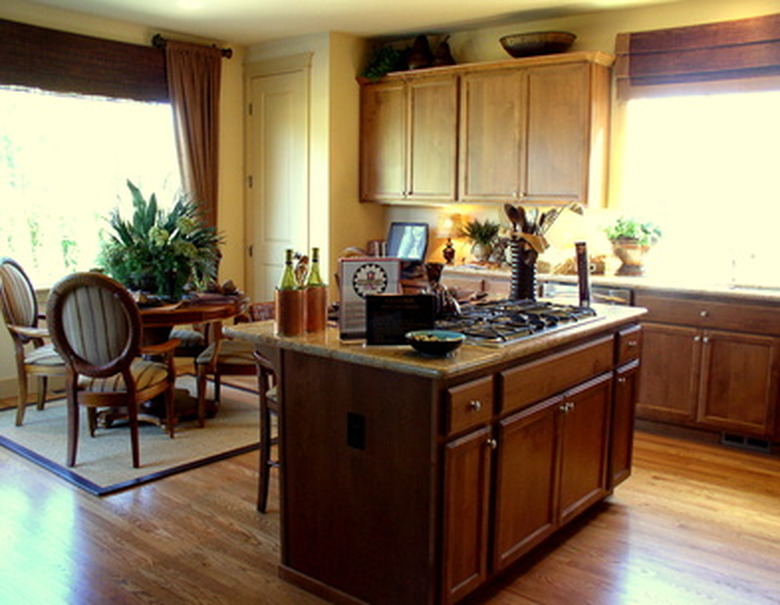
Credit: www.hunker.com
How To Resolve Drainage Issues
A common problem with the GE Dishwasher Adora is drainage issues. These can disrupt its performance and leave dirty water in the tub. Understanding the root cause can save time and prevent further damage. Here are simple steps to troubleshoot and resolve drainage issues effectively.
Clearing The Drain Filter
The drain filter often collects food debris and small particles. Over time, this can block water flow and cause drainage problems. Start by locating the filter at the base of the dishwasher. Remove it carefully and rinse it under running water. Use a soft brush to remove stubborn debris. After cleaning, place the filter back securely to ensure proper drainage.
Inspecting The Drain Hose
The drain hose carries wastewater from the dishwasher to the sink or disposal. A kinked or clogged hose can prevent water from draining. Check the hose for any bends or blockages. Disconnect it gently to inspect the interior. Use a long, flexible brush to clear any debris. Reattach the hose firmly to avoid leaks.
Checking The Garbage Disposal Connection
If your dishwasher connects to a garbage disposal, the issue might lie there. Food waste or clogs in the disposal can block the drain line. Run the disposal to clear any buildup before checking the dishwasher. Ensure the knockout plug in the disposal’s drain port is removed. A blocked connection can prevent water from draining properly.
Fixing Leaks In The Dishwasher
Dishwasher leaks can disrupt your daily routine and cause frustration. If your GE Dishwasher Adora is leaking, addressing the issue quickly is essential. Understanding the cause of the leak will help you fix it and ensure the appliance works efficiently. Below are some practical steps to troubleshoot and resolve leaks in your dishwasher.
Inspecting The Door Seal
The door seal prevents water from seeping out during a wash cycle. Carefully examine the gasket around the door for cracks, tears, or debris buildup. A damaged seal can cause water to escape. Clean the seal using a damp cloth to remove dirt or grime. If the seal is worn, replacing it ensures a proper fit and prevents leaks.
Tightening Loose Connections
Loose connections can lead to water dripping from the dishwasher. Check the water inlet hose and drain hose connections. Ensure they are securely fastened and not damaged. Use a wrench to tighten any loose fittings. Avoid over-tightening as it can damage the threads or hoses.
Replacing Worn-out Components
Old or damaged parts may be the source of the leak. Inspect the spray arms, pump seals, and water inlet valve for signs of wear. Cracks, warping, or deterioration in these components often lead to leakage. Replace the faulty parts with compatible ones to restore proper functionality. Always follow the user manual for guidance during replacement.

Credit: www.youtube.com
Dealing With Unusual Noises
Is your GE Dishwasher Adora making unusual noises during operation? Strange sounds can disrupt your kitchen environment and may point to underlying issues. Understanding these noises can help identify and resolve problems quickly. Let’s explore some common causes and solutions.
Inspecting The Motor
The motor is a crucial part of your dishwasher. A humming or grinding noise may indicate a motor issue. Start by turning off the power to the dishwasher for safety. Remove the lower panel and visually inspect the motor. Look for signs of wear, damage, or loose connections. If the motor appears faulty, it may need professional repair or replacement.
Checking For Loose Items
Loose items can cause rattling or clanking noises during a cycle. Open the dishwasher and inspect the racks and bottom area. Ensure no utensils or small items are stuck in the spray arms or filter. Secure all items properly in the racks to prevent movement. Remove any foreign objects that could be causing noise.
Cleaning Debris From Spray Arms
Debris in the spray arms can block water flow and create noise. Remove the spray arms by unscrewing or unclipping them, depending on the model. Rinse them thoroughly under running water to clear blockages. Use a toothpick to remove stubborn debris from the holes. Reattach the spray arms securely before running the dishwasher again.
Maintenance Tips For Long-term Performance
Keeping your GE Dishwasher Adora in excellent condition boosts its performance. Regular maintenance prevents breakdowns and ensures a longer lifespan for your appliance. By following simple upkeep practices, you can avoid common issues and enjoy hassle-free dishwashing.
Regular Cleaning Of Components
Clean the filter to prevent food debris from clogging the system. Remove and rinse it under running water weekly. Wipe the interior walls to prevent mold and residue buildup. Use a soft cloth and mild detergent for effective cleaning. Check the spray arms for blockages and clean them if necessary. This ensures water flows freely for optimal cleaning.
Avoiding Overloading
Do not overcrowd dishes in the racks to avoid poor cleaning results. Ensure items are spaced apart for water to reach all surfaces. Large utensils or pans should not block the spray arms. Distribute dishes evenly to maintain proper balance during operation.
Scheduling Periodic Inspections
Inspect seals and gaskets regularly for wear or damage. Replace them if they show signs of cracking or leakage. Check the water inlet for any blockages or mineral deposits. Clean or replace hoses if needed to maintain smooth water flow. Schedule professional maintenance annually to assess the dishwasher’s condition and performance.

Credit: nckorys.lt
Conclusion
Troubleshooting your GE Dishwasher Adora can save time and prevent stress. Start by checking simple issues like power supply and filter clogs. Addressing these common problems often restores normal function quickly. For persistent issues, consult the user manual or contact support.
Regular maintenance helps avoid many future troubles. Keep your dishwasher clean and inspect parts routinely. A little effort ensures it runs smoothly for years. Remember, understanding your appliance makes problem-solving easier. Stay patient, and tackle one step at a time.
Your dishwasher can work like new again with proper care.

